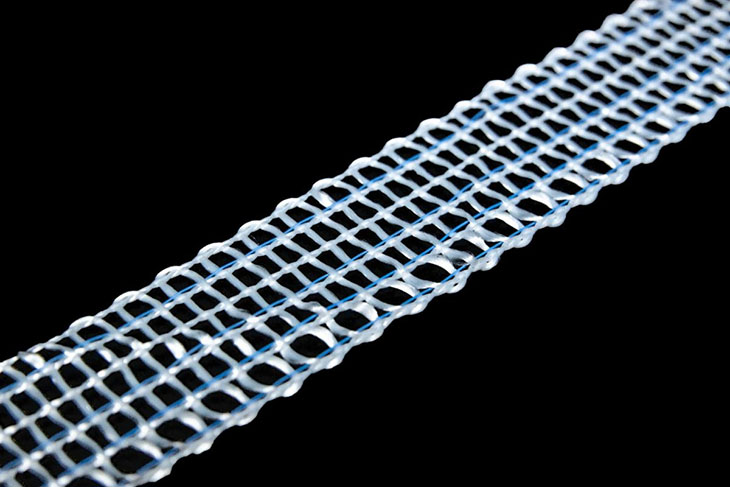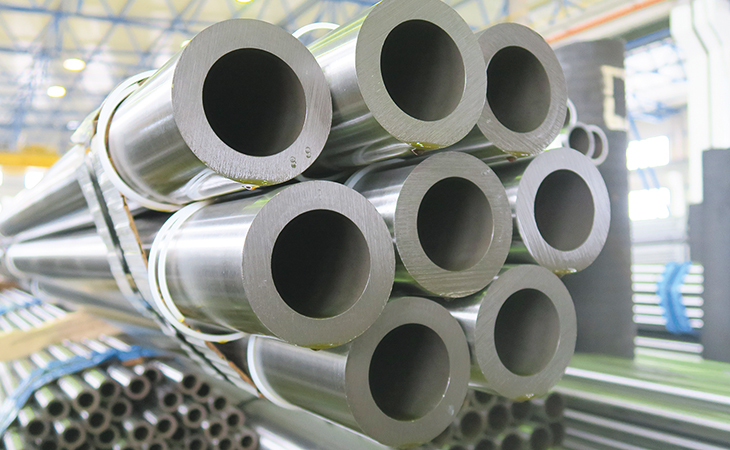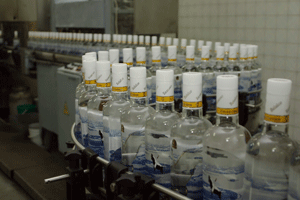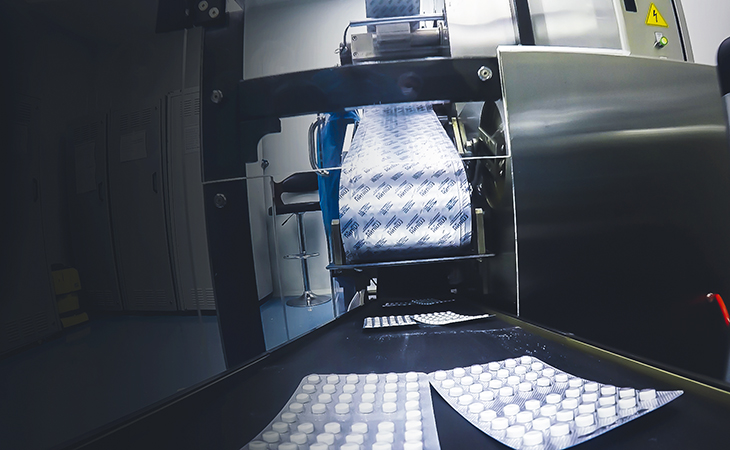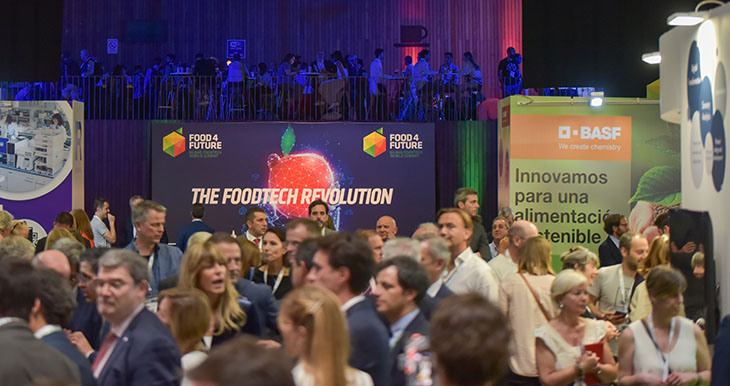The digital factories of the future will not have workers but will be run by Robot DevOps, Fog Computing, AI and user-centric methodologies
- The Fourth Industrial Revolution is already upon us, bringing with it the trend called the industrial internet and industry 4.0, in which virtual reality, robotics, artificial intelligence and vision, machine learning and neural networks will play an essential role in the virtual three-dimensional factories of the future.
Barcelona, 19 September 2016. Since the advent of the Internet of Things (IoT) in the production chain, nothing will ever be same for factories. The term ‘robo-trend’, which entails the increased of Artificial Intelligence in factories, and the fact that the industrial sector has wholeheartedly embraced the use of these technologies, will bring with it some paradigmatic scenarios. In this respect, the emergence of 'robo-workers' as a new workforce is inevitable; but the loss of jobs in the production chain will be offset by the need for talent capable of developing smart systems and autonomous processes.
To better understand the review of paradigmatic conclusions such as this, reached over the last year by engineers like Bejoy George of HCL Technologies, along with others related to burning IoT issues in today’s manufacturing, such as the current criticality between the IoT and the cloud; or to understand how DevOps provide security mechanisms to IoT applied to manufacturing processes, amongst other aspects, experts from all over the world will gather together on 25-27 October at the IoT Solutions World Congress 2016 at Fira de Barcelona’s exhibition centre in Hospitalet de Llobregat (Barcelona).
Now in its second edition, the IoT Solutions World Congress has become a benchmark for technological innovation, presenting trends that will transform business processes in the IoT ecosystem dedicated to the field of industry.
The most burning IoT issues in terms of the production chain
In a unique scenario which embraces state-of-the-art IoT and innovative, disruptive proposals for the production chain, one of the key factors this year is to transform digital manufacturing plants into User-Centric environments.
In this context, Greg Conary of Schneider Electric will explain how user-centric technologies offer solutions by anticipating how to solve future problems that might arise in the production chain. Based on agile methodologies for building simulation tools, the use of user-centric technologies involves the application of representation and calculation models that assess not only the capacity of systems for increasing production but also their response to unforeseen situations or operational changes.
Fog Computing, as applied to manufacturing, is another innovative IoT concept that will enjoy a particularly high profile at this year's show. In the evolutionary process that entails moving from the Internet of Things (IoT) to the Internet of Everything (IoE), expanding its reach into virtually every field, it becomes essential to use mass processing and analytical systems along with ever-shorter response times.
Fulfilling these requirements is complicated using current IoT models, which are equipped with centralised circuits and run on cloud-based management models; however, models with decentralised architecture with fog computing are capable of delivering computing resources and services to the extremities of the infrastructure, managing to build an effective link between the data source and the cloud. On this subject, Lynne Canavan of Open Fog Consortium will offer insight into how to bring the advantages and computational power of cloud computingprocesses to the point where the data is generated.
Security in manufacturing processes links the IoT and DevOps. The challenge is in the cloud
When applied to IoT infrastructures, DevOps entails the automation of agile manufacturing processes, using tools and methodologies that eliminate the traditional latency that usually occurs in developing applications. DevOps transformations are systematic both for firms and for independent software developers (ISV). Everyone knows the criticality involved in making the best possible use of cloud computing, big data and now the Internet of Things. At the time when the Internet of Things application goes into action, the testing tools integrated in DevOps check the level of security of the information coming from the sensors – the most vulnerable entry points – to run through the whole IoT application with the aim of ensuring that exposure has been minimised.
The connections between the IoT and DevOps are obvious and manufacturing processes can take advantage of the bond between both technologies once they have assimilated the connections and moved forward on the path towards process synergy. For companies, the IoT-DevOps dialogue is a novelty but it is only a matter of time until one cannot exist without the presence of the other. During the conference entitled ‘Robot-DevOps in the era of automated IoT downloads’, SAP will provide the keys to this new technology at IoT SWC 2016.
What are analysts saying about the IoT applied to manufacturing?
The forecasts of some of the leading industrial analysts such as Gartner and IDC offer a look into the digital future in a world managed by algorithms and smart devices where people and machines will need to define and develop harmonious relationships. Forecasts such as these will be of great help when it comes to evaluating the radical changes we will be facing shortly in the digital world.
From a general perspective, the macro-figures referred to by analysts point to total expenditure on hardware for IoT propositions this year of some 2.5 million dollars per minute, and by 2021 one million IoT devices will be bought and installed around the world every hour. This level of density in the download and use of sensors, big data and analytics will bring with it some highly complex challenges for companies and organisations when it comes to managing and monitoring the activities that take place within the Internet of Things ecosystem.
The main conclusions and challenges for manufacturing that emerged from the IoT SWC 2015
As well as the vision of Bejoy George from HCL Technologies about the automation of factories, smart plantswill need to bring down the barrier between logistics processes and machines, establishing interconnected internal communications that provide valuable information from the supply chain to the supplier and also towards the client, ‘an aspect that can be achieved by establishing a relationship between logistics processes and smart factories’, according to one of the conclusions reached at the round table entitled ‘Enabling machines to talk each other’ at the IoT SWC 2015.
Along with the need for M2M dialogue between all the components of the production chain, the new concepts addressed by 3D printing and the democratisation of technology and the increase in mathematical processes in the manufacturing of the future were some of the main issues and challenges discussed at IoT SWC 2015 that will be revisited at this year’s congress.

















